join our sowings!
The landscapes of Cota
Descripción
Regionally, a plateau is formed in the central part of the mountain range, made up mainly of fluviolacustrine sediments, with some residual hills and hills of sandy lithological formations. Towards the edges there are mountain ranges oriented in a northeasterly direction, mostly controlled by faults and folds.
In the case of Cota, three landscapes are determined: Mountain, Piedemonte and Valley, which are described below:
- The mountain landscape, located to the west of the municipality, rises from 2,600 m to 3,050 m. As stated in the geological analysis, its lithological composition corresponds to sedimentary materials, especially sandstones and conglomerates from the Guadalupe formation. The types of relief predominantly slopes are part of this landscape, with slopes greater than 50%; There are also peaks and slopes with gentler slopes, between 12 and 50%.
- The piedmont landscape extends from the base of the mountain to the slopes that separate it from the overflow plain. It occupies the largest area of the municipality, its topography is flat to slightly undulating. It presents as types of relief: fans, terraces and terrace slopes.
- The valley landscape is formed by the alluvial dynamics of the Bogotá, Chicú and Frío rivers. As a type of relief, the overflow plain is identified, made up of terrain forms such as fertile plains, basins and dikes. The topography is flat with a slope between 0-3%; Due to these characteristics, it is susceptible to eventual drainage problems, such as puddles, floods and overflows.
In our tours we find truly beautiful landscapes. The Cota mountains offer singular admiration.
Source: PBOT COTA OVERVIEW / DIAGNOSTIC DOCUMENT





 Fundación
Fundación